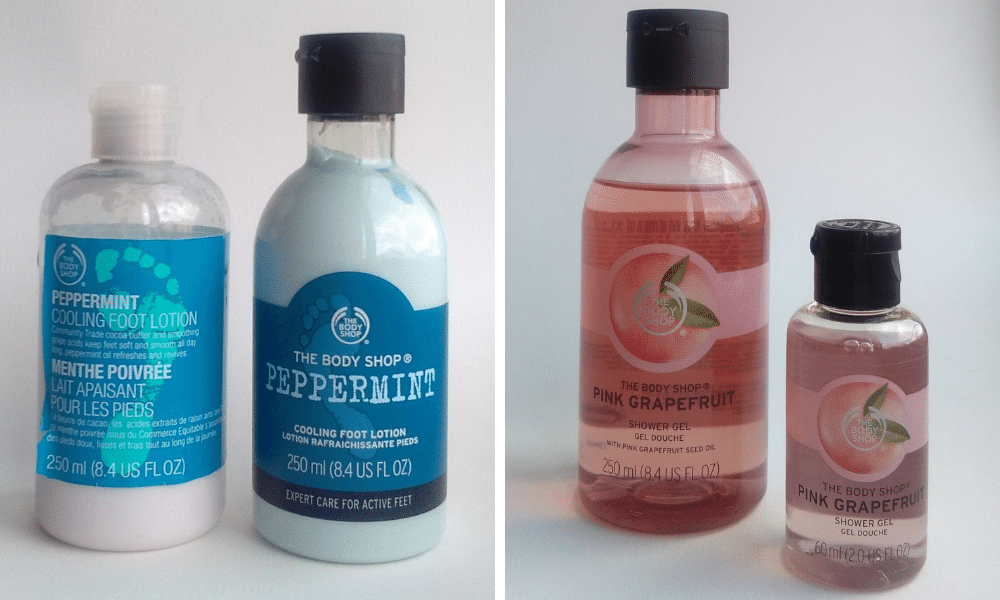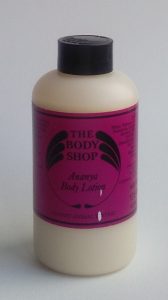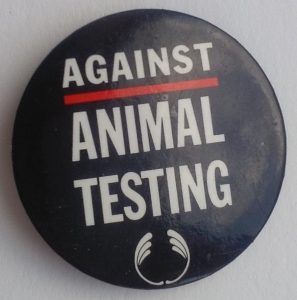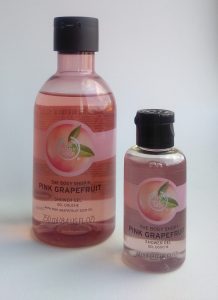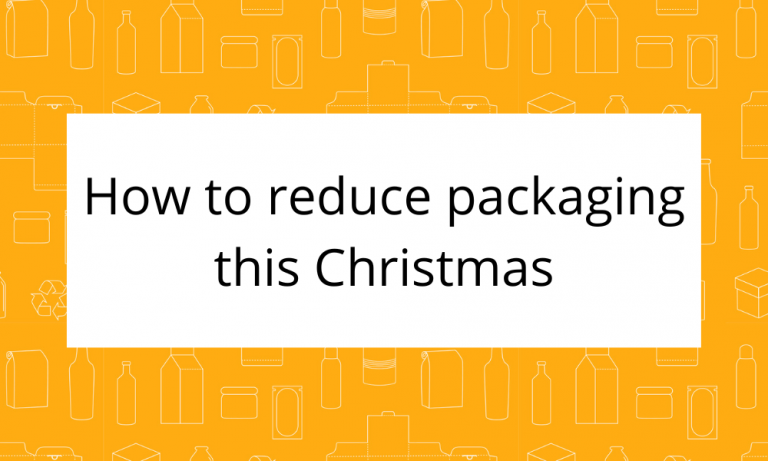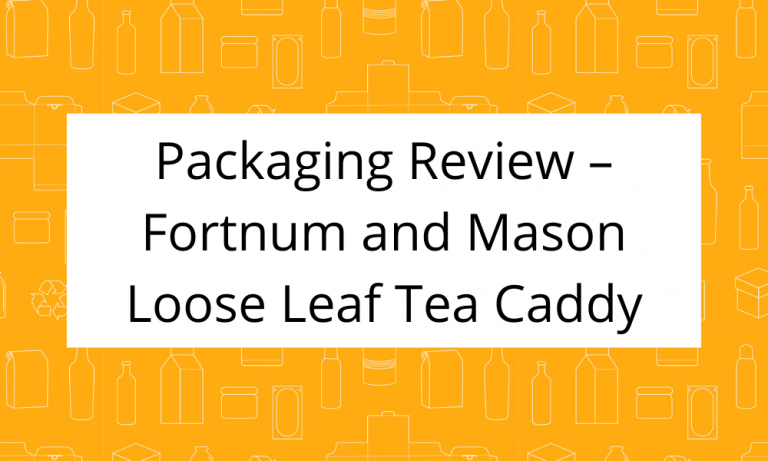It is hard to describe exactly how exciting The Body Shop was when my school friends and I first discovered it as teenagers in the 80s. Up until that point the most interesting event our health and beauty world had been the introduction of a Miss version of Matey bubble bath. To us, luxury bathing products were either dubiously coloured bath salts in a jar or foil-wrapped bath cubes from the chemist or the Avon lady.
That all changed with our discovery of the Body Shop – a whole shop devoted to cosmetics, with its risqué name (this was the 80s afterall), exotic, cruelty-free products and in-store social justice and environmental campaigns, it was the epitome of cool. We swooned over Morello Cherry Lip Balm and Coconut Hair Gel, both in glass jars with black thermoset plastic lids, colourful shrink-wrapped soap bars and elegant bath pearls in plastic cartons. There was a gift-wrapping station (no ready-made gift-packs then), an apothecarian perfume shelf, and before I get completely consumed by a Dewberry scented mist of nostalgia, hair and body care products sold in round semi-opaque HDPE bottles, the Boston. These came with a black screw top and you could get them refilled once you’d used up the contents. For me, these simple bottles defined The Body Shop and what they stood for. Here is their story –
Humble Beginnings
According to her 1991 autobiography, when Anita Roddick opened the first Body Shop in Brighton in 1976, she wanted to sell no-nonsense cosmetics without using what she saw as elaborate, unnecessary packaging or by making exaggerated claims about their effectiveness. She chose the round off-the-shelf Bostons as they were the cheapest option. Citing her own frustration at not being able to buy small amounts of cosmetics, she bought them in a variety of sizes. Selling the products in multiple sizes also had the advantage of making the shelves look fuller (the business launched with just 25 different products). The bottles were labelled with generic stickers branded with a £25 logo, the product title being written on by hand. Further information was supplied on postcards and from Anita herself. A refilling service was offered as she said there was not the money to buy enough bottles – customers could even bring their own containers to be filled.
Teenage Dreams
By the time I was frequenting the Norwich store in the late-1980s, refills could only be made in their own bottles, and only for the original product for safety reasons. Labels were now printed with the product with a simple design with the Body Shop logo and green background name. Like most other cosmetics companies at the time the labels were made of paper and would rub away from the bottle when exposed to wet bathroom conditions. Although there was not much difference between the packaging for different products, the shop assistants, testers and information available in store were used effectively to provide information to the customers.
Reuse Refill Recycle
Campaigning formed a large part of the company’s identity. From animal rights, acid rain and preservation of the rainforests, to packaging, which included opposition to the use of CFCs in aerosols, and a Reuse Refill Recycle Campaign. In 1990 they were the first retailer to introduce a system where the bottles could be returned for recycling if customers didn’t want to refill them. This was absolutely groundbreaking – there were no doorstep collections other than general refuse back then.
The End of the Boston?
Over the years they stuck with the shape, making changes by using an embossed screw-cap, using high clarity PET versions and changes to the label design. But in 1999, when sales stated to decline, it was decided to introduce more packaging differentiation and new styles were introduced.
Now the company that has managed to ‘own’ a generic packaging item, have moved almost completely away from their once-beloved Boston. The Body Shop was sold to L’Oreal in 2006, who in turn sold it on to Natura in 2017. During this time, a new bottle shape was introduced without fanfare. Stylish and modern it compares with those of competitors like Neal’s Yard and sets them up for the modern retail environment. The Boston is now only used for miniatures.
The refilling service ceased in 2002 due to lack of demand (ref WRAP). Since then it has become easier to recycle plastic bottles; most local councils now accept plastic bottles in kerbside collections for recycling.
The Future
The Body Shop now has ambitious new targets set in 2016 to become ‘the world’s most ethical and sustainable business’ under their ‘Enrich not Exploit’ strategy. Fossil fuel reduction is now the focus – a target of 70%, and a commitment to packaging innovation.
I have to confess, apart from an emergency lip-balm purchase, I’ve not shopped in the Body Shop for years – there isn’t the sense of fun there now that there once was (although yes, I admit I’m no longer a teenager!). Looking at the old Boston and new bottle side by side, going back to the old shape is clearly a retrograde step. However, with the current rise of Zero Waste shops, and new owner Natura at the helm, I wonder if the time could be right now for them to have another go at the refill system, even just on one or two products, and bring back the magic that the Boston once held, if not the bottle itself.
Did you used to get your bottles refilled at the Body Shop? (or did you do the refilling?) What was your favourite product? Do you think they should bring back refills? Let me know in the comments section below.
If you enjoyed reading this article and would like to read more – visit my blog or join my mailing list to be notified of new posts.
For help with your packaging development – get in touch or call 07826 791 045 to find out how I can help.
Sarah Greenwood

